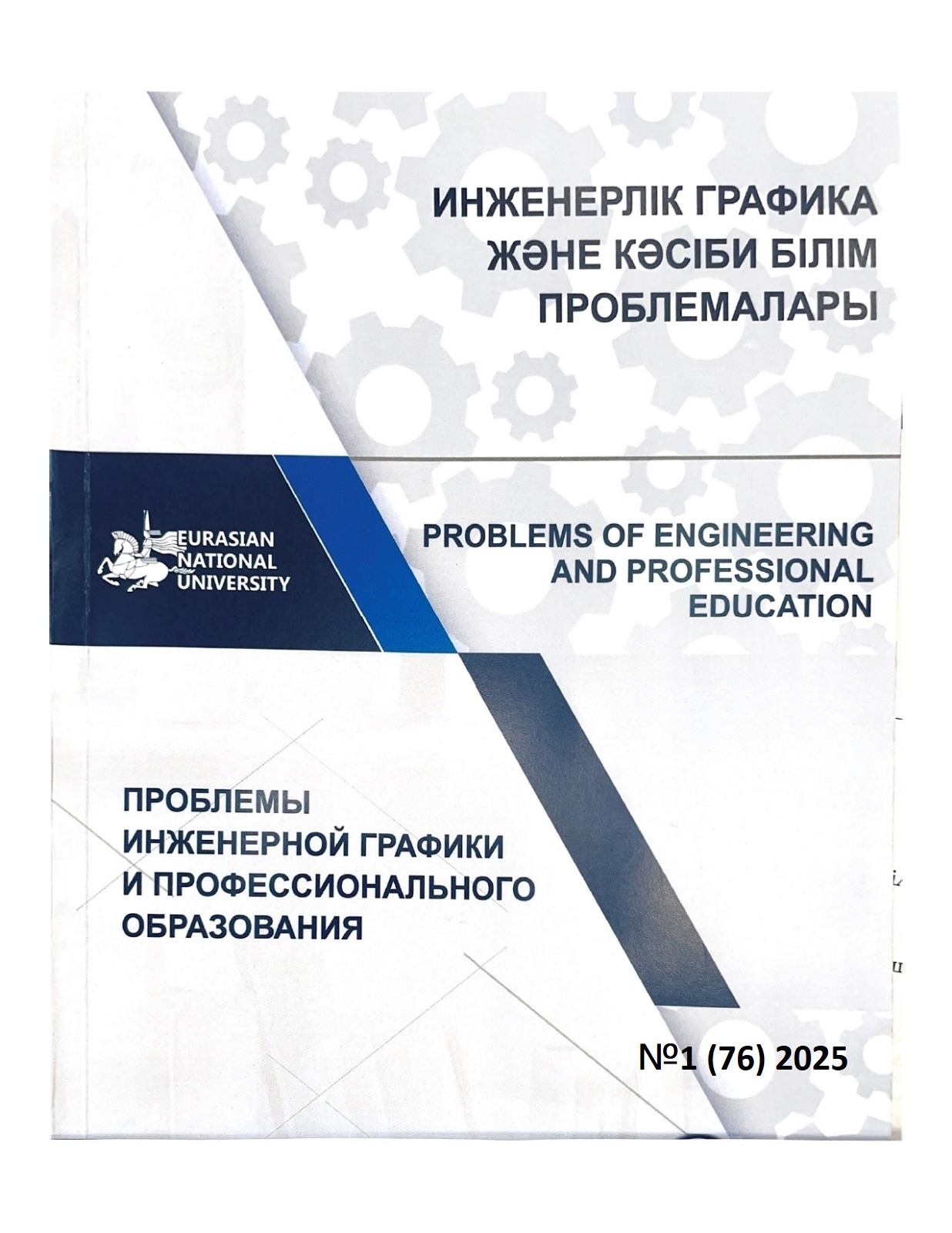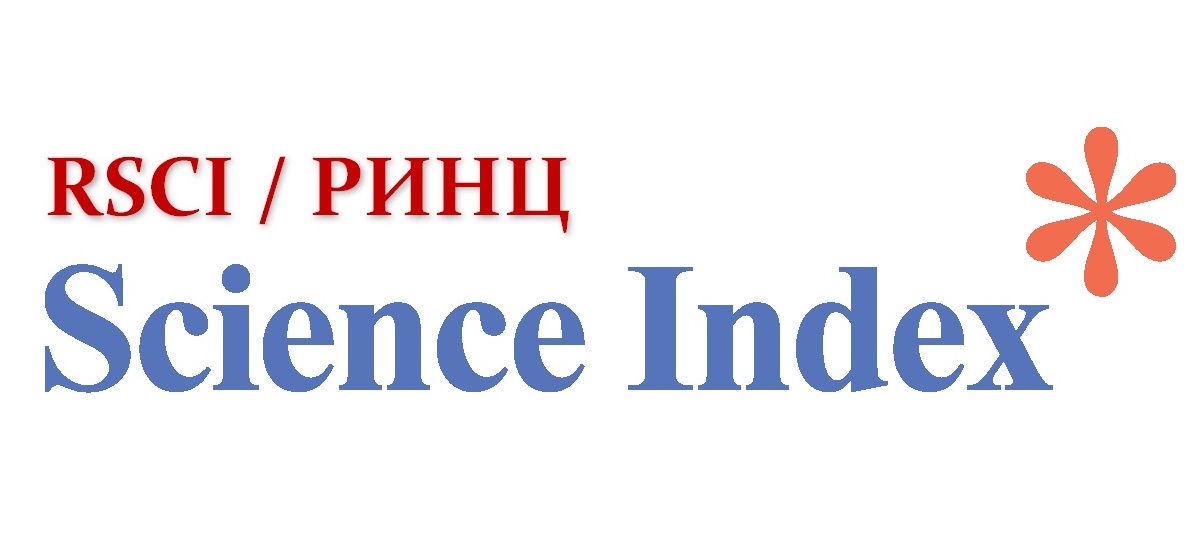An An Examination of Holbein Rugs in Restitution Studies
Views: 184 / PDF downloads: 113
DOI:
https://doi.org/10.32523/2220-685X-2025-76-1-19-35Abstract
One of the most important ancient arts of the Turks is the art of weaving. Under the influence of nomadic life, they created textile items that were easy to carry and helpful when needed by weaving. Examples of carpets that are in the pile weaving group from these weavings are today in museums, private collections, and homes.
Carpets woven using natural raw materials experience wear and tear over time due to external factors. Regular conservation and restoration methods can prevent this wear and tear. In addition to these measures, restitution studies are thought to help complete the missing parts in the weavings and determine the pattern, motif, and color information. With the restitution studies, it is possible to see the damaged carpets in their entirety.
The Holbein carpet samples that are the subject of the research have been included in the paintings of the painter Hans Holbein since the 16th century. In this research, the technical, motif, and compositional features of four Holbein carpet samples registered in the inventory of the Turkish and Islamic Arts Museum were analyzed. The missing, worn parts of the carpets and the whole were drawn digitally and restitution studies were carried out, and the images of the whole carpets were included.






